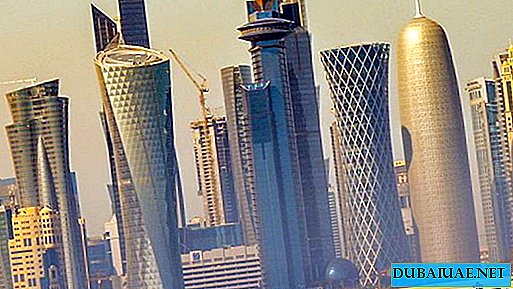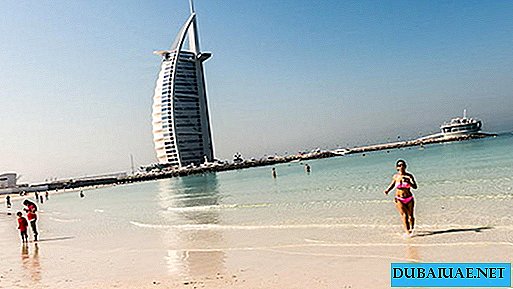In 2017, the UAE recorded a significant increase in tourist flow from Russia.

Dubai, UAE. In 2017, the UAE recorded a significant increase in tourist flow from the key markets for this direction (Russia, India and China). Moreover, in different emirates, these countries showed different dynamics. For example, the maximum increase in the number of Russian tourists compared to 2016 - 110% occurred in Dubai, the Indian and Chinese markets doubled their values in Abu Dhabi. In general, the share of the annual flow from Russia is at the level of 8-9%. The most popular emirates among Russians are Ras Al Khaimah, Dubai and Sharjah.
The reason for this record growth is due to changes in the migration rules for Russians: from February 1, 2017, a visa to the UAE is issued free of charge at the time of arrival and without prior applications. Also, the jump in the growth in the number of Russian tourists was fueled by restrictions on entry into Turkey and Egypt last year.
The tourist flow from India in 2017 amounted to 2.3 million compared to 2.1 million in 2016. Demand from Chinese tourists has begun to increase rapidly over the past few years, which was facilitated by the introduction of special conditions for this category of tourists. Since 2014, several Abu Dhabi hotels have received "Welcome Chinese" certificates. Between 2014 and 2017 Abu Dhabi saw an increase in Chinese visitors of more than 40% annually. But the main jump occurred in November 2017, when Chinese tourists got the opportunity to apply for a visa upon arrival in the country, which led to a twofold increase in demand. According to the latest studies of the World Economic Forum, the UAE and Oman are among the five best countries in the world in terms of security and protection. This fact contributes to increased demand from tourists traveling alone, and from the Chinese, for whom safety is a priority when choosing a destination for recreation.
Despite more than 10% increase in new hotels in 2017, occupancy rates in the UAE as a whole showed a slight increase of 1% and amounted to 76%.
In 2017, more than 6,000 rooms appeared in the UAE hotel market, 78% of which in Dubai and 10% in Abu Dhabi. Currently, these two emirates occupy a dominant position in terms of attracting tourist flow, but at the same time, the Northern Emirates are actively developing as an alternative and more affordable resort. The market is becoming increasingly competitive. By 2022, the number of rooms in the UAE can increase by 50% - up to 240 thousand numbers. At the same time, one should not expect a decrease in ADR, since 30-40% of the new proposal is concentrated in the segments of 5 and 4 stars. At the end of 2017, in general, in the emirates, ADR remained at the level of 2016.
In 2018, the impact of positive trends in the UAE tourism sector will continue. According to preliminary forecasts, the occupancy rate of hotels will grow amid a steady increase in demand.
Evgenia Tuchkova, Deputy Director of Strategic Consulting, Colliers International: "It is expected that the demand for vacations will increase due to the emergence of new generation theme parks in the UAE (the existing IMG Worlds of Adventure and Dubai Parks and Resorts and the new Warner Bros. World, IMG Worlds of Legends), in the wake of which Dubai and Abu Dhabi will be able to repeat the success of other markets such as Orlando, Singapore and Tokyo. New parks create favorable economic conditions and give a new impetus to the hospitality industry. According to our estimates, while maintaining the current dynamics by 2020, the existing and preparing to open UAE theme parks will be able to attract more than 19 million visitors annually. "









